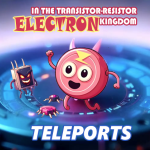Diodes: Shooting Electrons and Electron Holes
15 Oct 2024
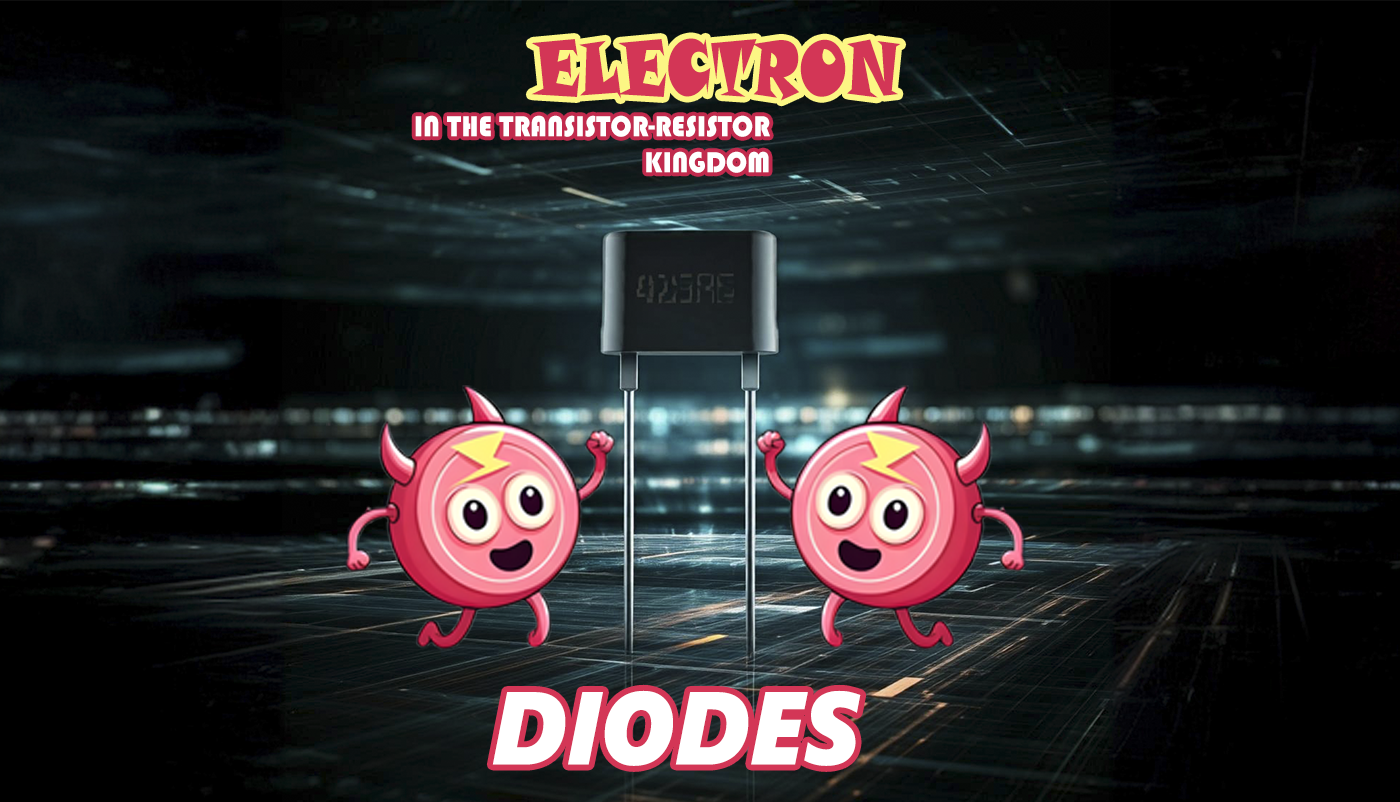
Diodes are semiconductor devices that conduct electric current in one direction and block it in the opposite direction. During the operation of diodes, not only electrons move, but also so-called "electron holes" - quasiparticles that represent the absence of an electron in the crystal lattice of a semiconductor. These interactions determine the unique properties and behavior of diodes, which are presented in the game level. Let's take a closer look at how diodes work, what happens to electrons and holes, and how this affects the characteristics of the device, you need to know this when passing the game level.
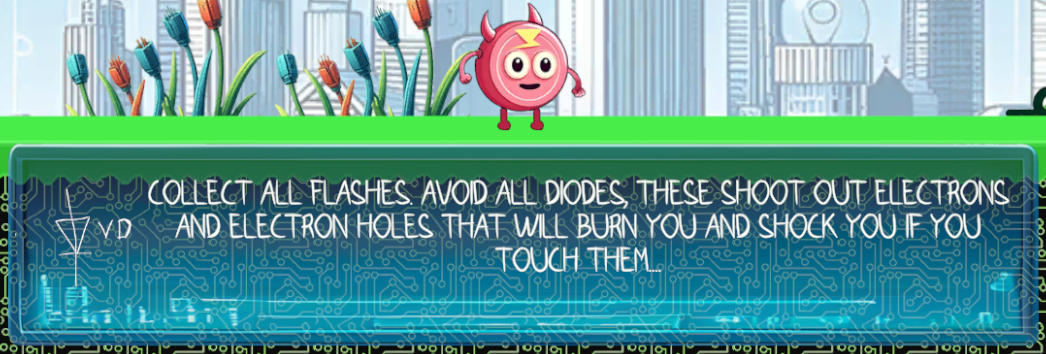
1. The structure of a diode and its operating principle
A diode consists of two semiconductor regions called a p-n junction:
At the border of these two regions, an electric field is created, called a blocking layer, which prevents the free transition of charge carriers from one side to the other.
2. Electron and hole motion in a diode
P-type region: A region doped with acceptor impurities (such as boron), creating an excess of positive charges - "holes". A hole is a place in the crystal lattice where an electron should be, but it is not there, which creates a positive charge.
N-type region: A region doped with donor impurities (such as phosphorus), creating an excess of free electrons, which are the majority charge carriers.
Forward bias (positive voltage on the p-region): When a voltage is applied to the diode so that the positive pole is connected to the p-region and the negative pole to the n-region, the barrier layer decreases. Electrons from the n-region begin to move towards the p-region, and holes from the p-region towards the n-region. The result is:
- Electron firing: Electrons move across the p-n junction, moving from the n-region to the p-region. In the p-region, the electrons recombine with the holes, filling them, which restores the crystalline structure.
- Hole firing: Holes, which represent the absence of electrons, move in the opposite direction. This can be interpreted as the movement of positive charges.
Reverse bias (positive voltage across the n-region): When reverse voltage is applied (positive pole to the n-region, negative pole to the p-region), the barrier layer increases and electrons and holes cannot cross the p-n junction, blocking the current.
3. Types of diodes and their features
Forward diode: A regular silicon or germanium diode that allows current to pass in the forward direction only. It is used in rectifiers, limiters, and switching circuits.

Light-emitting diode (LED): When forward biased, LEDs cause electrons and holes to recombine, emitting photons—light radiation. This phenomenon is called electroluminescence.
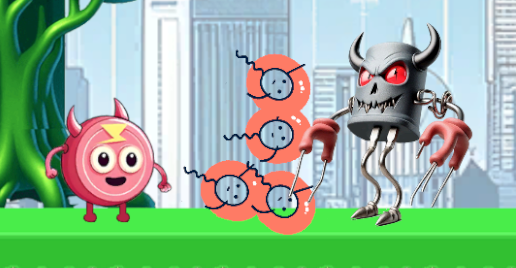
Zener diode: When reverse biased, a Zener diode begins to conduct current when a certain breakdown voltage is reached. It is used to stabilize voltage in circuits.

Schottky diode: A special type of diode with a low forward voltage drop due to the metal-semiconductor contact. Ideal for high-speed switching circuits.
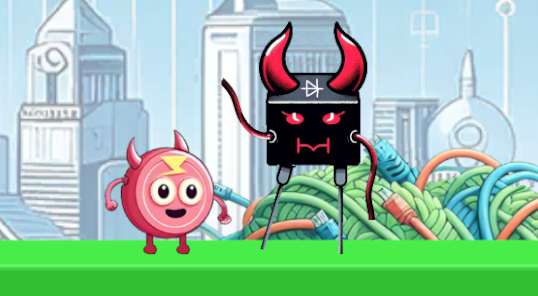
4. Applications of Diodes
AC Rectification: In half-wave and full-wave rectifiers, diodes are used to convert AC to DC. The electrons and holes flow only in the forward direction, allowing current to flow in one direction only.
Circuit Protection: Diodes are used to protect against reverse polarity and short circuits, preventing damage to sensitive components.
Voltage Regulation: Zener diodes are used in voltage regulators to maintain a constant voltage level in a circuit.
Lighting and Indicators: LEDs are used as light sources and indicators because they emit light when forward biased.
5. Mechanisms of Electron-Hole Interaction
When electrons and holes meet, they recombine. This results in:
Energy Release: Recombination releases energy, which can be converted into heat or light (as in LEDs).
Current Creation: The movement of electrons and holes across the p-n junction creates an electric current that can be used for a variety of purposes, such as powering circuits, indicating, or converting energy.
6. Hazards and Precautions
Overheating and Breakdown: If the permissible voltages or currents are exceeded, the diode may fail by overheating or breaking down. This leads to the destruction of the barrier layer and, in some cases, to complete failure.
Incorrect Connection: Connecting a diode backwards in circuits can damage components, especially if the diode is used for reverse polarity protection.
7. Current Trends and Research
Diodes continue to evolve and are used in various areas of electronics:
High Brightness LEDs (HB LEDs): Used in lighting fixtures and automotive headlights due to their high efficiency and long life.
Laser Diodes: Used in laser technology, optical data transmission systems, and medical devices.
Diodes based on new materials: Graphene and silicon carbide diodes offer new possibilities for operation in high-frequency and high-voltage circuits.
Diodes are one of the key elements of modern electronics, offering unique possibilities for controlling currents and energy in various devices. Their ability to "shoot" electrons and holes makes them indispensable in the field of controlling electrical flows and in creating efficient rectifiers and light-emitting devices, and this should be taken into account when passing the game level.
Related games
Electron in the transistor-resistor kingdom
Game: Perform tasks and rest cool. 2524 people play!
Play gameRelated news
Online broadcast about the game Electron in the Transistor-R...
broadcast about the game Electron in the Transistor-Resistor Kingdom
Read morePlatforms in the game Electron in the Transistor-Resistor Ki...
Platforms are the basic game elements in the platformer genre. They are surfaces or objects on which the player can move...
Read moreTeleport as a device for moving matter in space and time
This is a high-tech device that can instantly move a player from one point in the game world to another using plasma tec...
Read more

